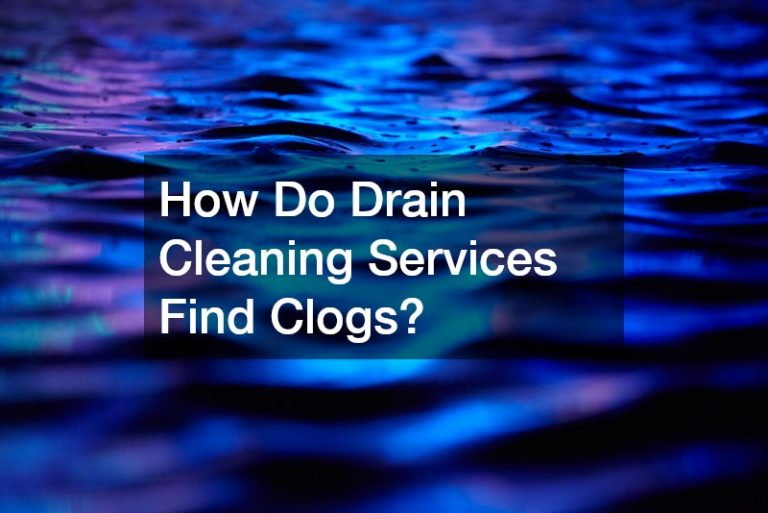


Crawl space insulation is an important part of your home upkeep and improvement. There’s no sinking feeling quite like the one that hits during a particular heavy rainstorm, when you go to check your basement and realize that you’re taking on water. In crawl spaces and basements that aren’t insulated and waterproofed, you risk damage to valuables and your home overall. You invite the potential for mold to grow, and for, sequentially, your home to even become dangerous to inhabit. Crawl space insulation and crawl space waterproofing can help to prevent this and to eliminate the worry entirely from your mind.
So what are the chances of water damage happening to you if you don’t have crawl space insulation? It turns out, pretty high. Of home with basements, over 95% will experience water damage to some extent. That’s nearly every single home with a basement or crawlspace. And when we look at how many homes that have basements or crawlspaces, we find out that it’s a lot. Almost 30 million U.S. homes have crawlspaces and around 20% of new homes are built over existing crawlspaces.
When you take on water before you have a chance to look into crawl space insulation, there are some things that you can do to prevent as much damage as possible. First, it’s important to clean and dry the effected areas as soon as possible, preferably within 28 hours of the flooding. This is to prevent mold growth, the most dangerous consequence of flooding. It’s been proven that 100% of all mold is harmful, and some even has the potential to kill. If you can’t in the end avoid mold, it’s important to look into professional mold removal to most safely and effectively eliminate the threat from your home.
When it comes to basement waterproofing, it’s important to have a crawl space dehumidifier. If you can’t control the humidity of your crawl space, you invite mold growth. Because wall-vented crawl spaces cannot regulate their own humidity and regularly experience condensation, a crawl space dehumidifier can help to eliminate the risk of mold that would otherwise be imminent. Mold growth, aside from sometimes being lethal, also contributes to the vast majority of sinus infections.




